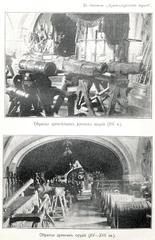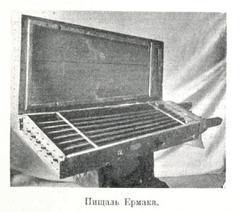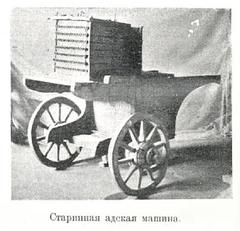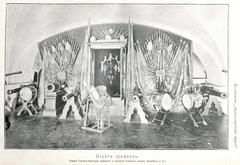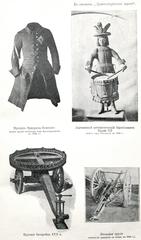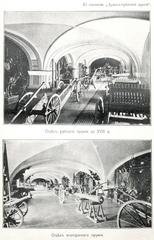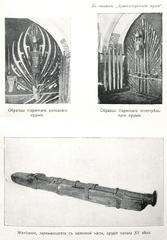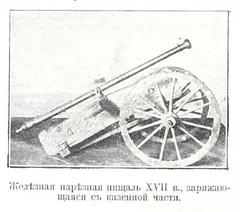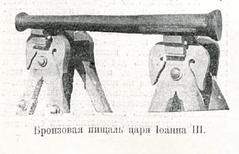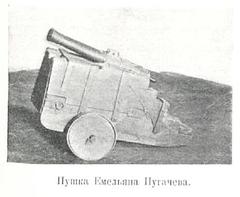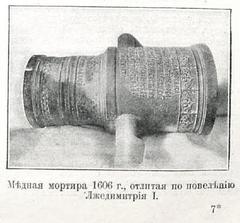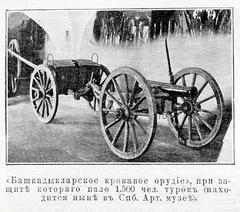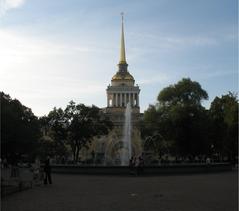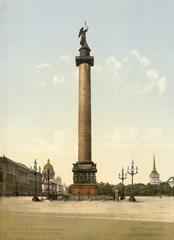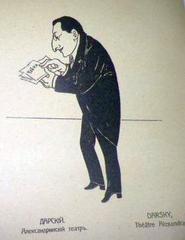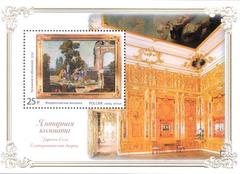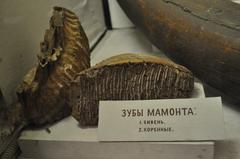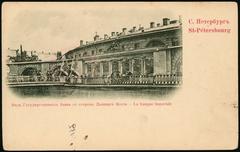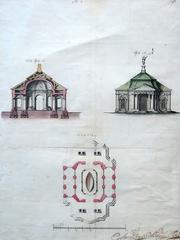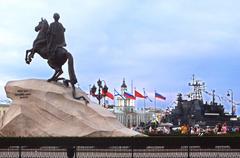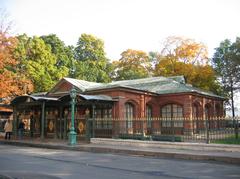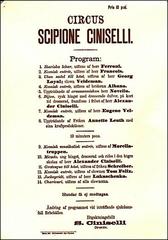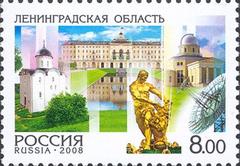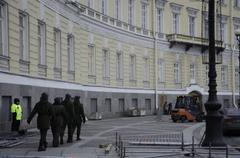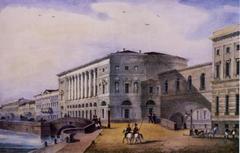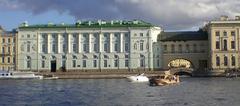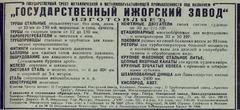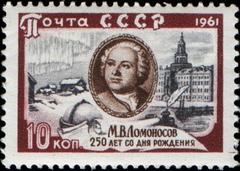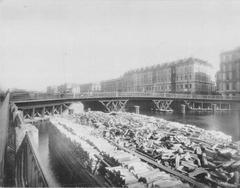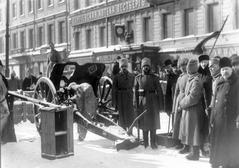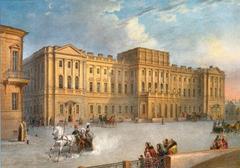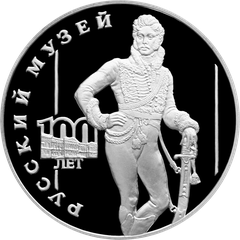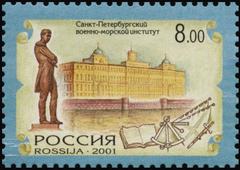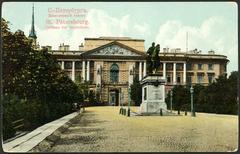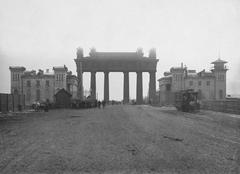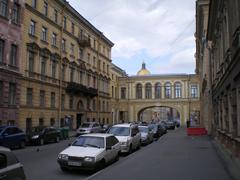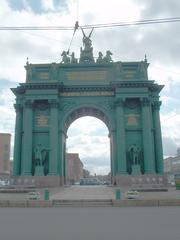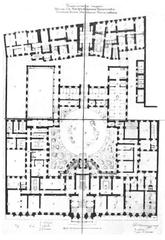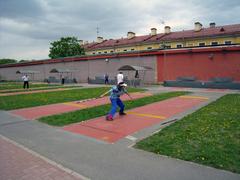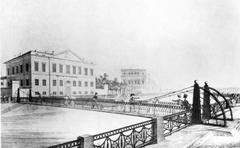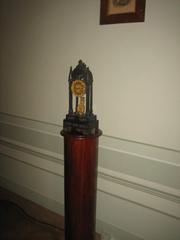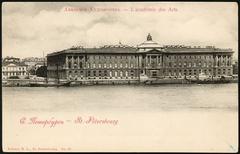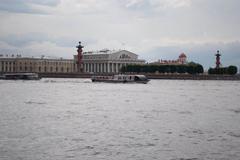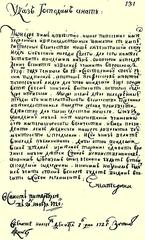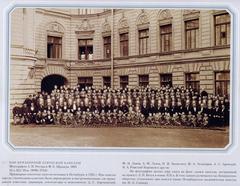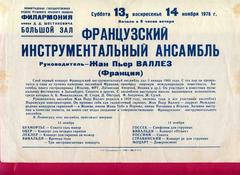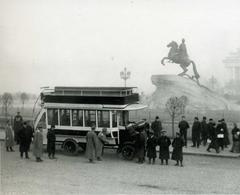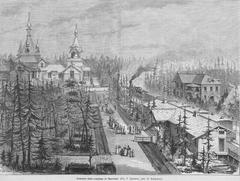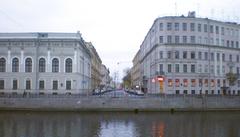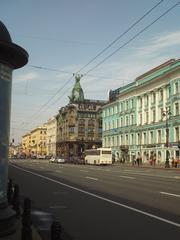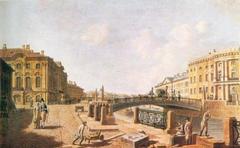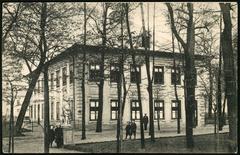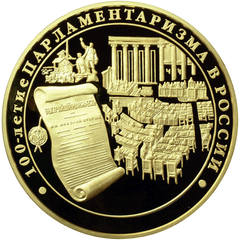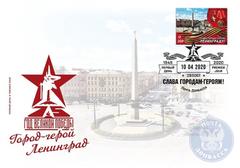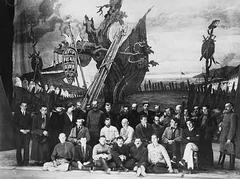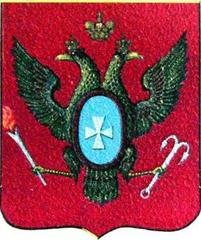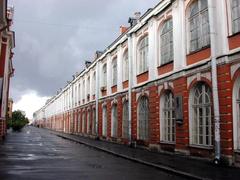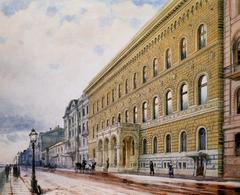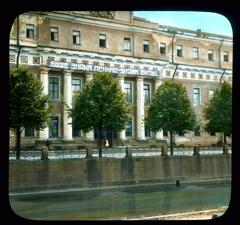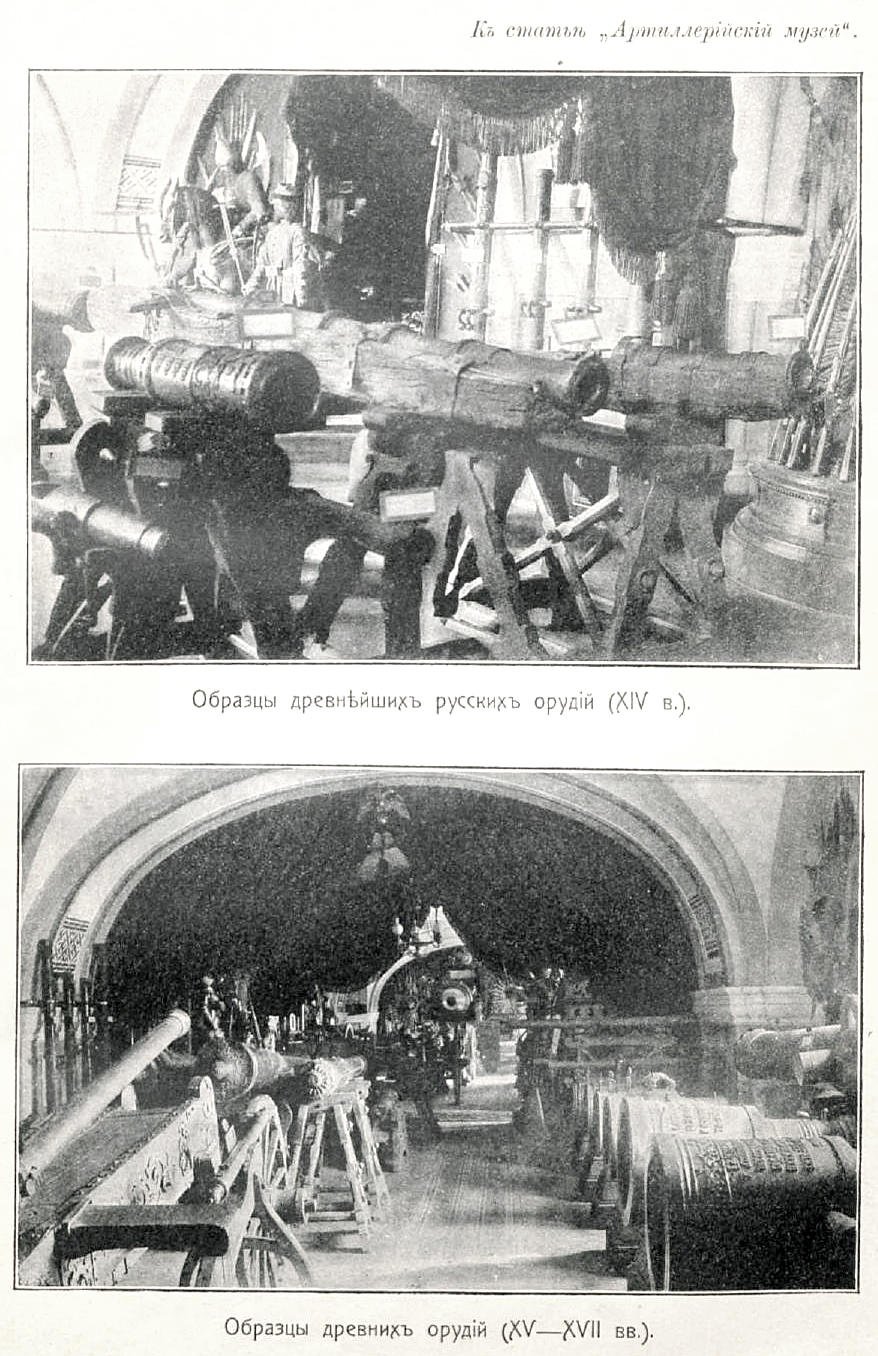
Military Historical Museum Of Artillery, Engineers And Signal Corps
Military-Historical Museum of Artillery, Engineer and Signal Corps Visitor Guide, Saint Petersburg
Date: 18/07/2024
Introduction
Embarking on a journey through time and technology, the Military-Historical Museum of Artillery, Engineer and Signal Corps in Saint Petersburg offers an unparalleled glimpse into Russia’s storied military past. Founded in 1703 by Peter the Great, this venerable institution stands as one of the world’s oldest military museums, showcasing a vast array of artifacts that span centuries of innovation and conflict (Saint Petersburg.com). From the strategic fortifications of the Peter and Paul Fortress to the neo-Gothic architecture of the Kronverk building, the museum’s historical backdrop is as compelling as the exhibits it houses. Visitors can explore a diverse collection that includes everything from Peter the Great’s personal weapons to Soviet missile systems, each piece reflecting the evolution of military technology and tactics (Russia Beyond). Whether you’re a history enthusiast, a technology buff, or simply a curious traveler, this museum promises an educational and enriching experience. Beyond its exhibits, the museum also serves as a research hub and cultural institution, preserving Russia’s military heritage for future generations. Plan your visit to dive deep into the fascinating world of military history and discover the innovations that have shaped not just Russia, but the entire world.
Table of Contents
- Visiting the Military-Historical Museum of Artillery in Saint Petersburg - Hours, Tickets, and More
Visiting the Military-Historical Museum of Artillery in Saint Petersburg - Hours, Tickets, and More
Discover a Hidden Gem in Saint Petersburg
Discover one of Saint Petersburg’s hidden gems - the Military-Historical Museum of Artillery. From ancient weapons to modern military technology, this museum offers a fascinating journey through Russia’s military history.
History of the Military-Historical Museum of Artillery, Engineer and Signal Corps
Origins and Establishment
The Military-Historical Museum of Artillery, Engineer and Signal Corps, located in Saint Petersburg, Russia, is one of the oldest and most significant military museums in the world. Its origins date back to the early 18th century, specifically to 1703, when Peter the Great ordered the establishment of a repository for military artifacts. This repository was initially intended to house captured enemy banners, weapons, and other military trophies, reflecting the Tsar’s interest in military science and his desire to modernize the Russian army (Saint Petersburg.com).
Development Through the Centuries
18th Century
The museum’s collection began to grow significantly during the reign of Peter the Great. The Tsar’s military campaigns, particularly the Great Northern War (1700-1721), provided a wealth of artifacts. The collection was initially housed in the Peter and Paul Fortress, a strategic military installation in Saint Petersburg. By 1756, the collection had grown so large that it was moved to the Arsenal building within the fortress, which was specifically constructed to accommodate the expanding array of military artifacts (Russia Beyond).
19th Century
The 19th century saw further expansion and formalization of the museum. In 1868, the museum was officially named the Artillery Museum. This period was marked by significant acquisitions, including weapons and equipment from the Napoleonic Wars and the Crimean War. The museum’s role evolved from merely a repository of trophies to an educational institution aimed at preserving and studying military history and technology. The collection was moved to its current location, the Kronverk building, in 1869. This neo-Gothic structure, designed by architect Piotr Tamansky, provided a more suitable and spacious environment for the growing collection (Visit Petersburg).
20th Century Transformations
Soviet Era
The museum underwent significant changes during the Soviet era. In 1920, it was renamed the Military-Historical Museum of Artillery, Engineer and Signal Corps to reflect the broader scope of its collection, which now included artifacts related to engineering and communications. The Soviet government invested heavily in the museum, recognizing its value as a tool for promoting military education and patriotism. During World War II, the museum’s collection was evacuated to the Ural Mountains to protect it from the advancing German forces. Despite the war, the museum continued to acquire new artifacts, including captured German weapons and equipment (Saint Petersburg.com).
Post-War Period
After the war, the museum’s collection was returned to Saint Petersburg, and the institution resumed its role as a leading center for military history. The post-war period saw the addition of numerous artifacts from the Cold War era, including Soviet missile systems and other advanced military technology. The museum also expanded its educational programs, offering lectures, exhibitions, and publications on various aspects of military history and technology (Russia Beyond).
Modern Era and Recent Developments
In the post-Soviet era, the museum has continued to evolve, reflecting the changing political and military landscape of Russia. The museum’s collection now includes over 850,000 items, ranging from ancient weapons and armor to modern military technology. Recent acquisitions have focused on contemporary conflicts, including the wars in Chechnya and the ongoing conflict in Ukraine. The museum has also embraced digital technology, offering virtual tours and online exhibitions to reach a global audience (Visit Petersburg).
Notable Exhibits and Collections
The museum’s vast collection is organized into several thematic sections, each highlighting different aspects of military history and technology. Notable exhibits include:
- Peter the Great’s Personal Weapons - A collection of weapons and equipment used by Peter the Great, reflecting his personal involvement in military affairs.
- Napoleonic Wars - Artifacts from the Napoleonic Wars, including captured French cannons and uniforms.
- World War II - A comprehensive collection of weapons, equipment, and personal items from World War II, including Soviet and German artifacts.
- Cold War Era - Exhibits on Soviet missile systems, radar equipment, and other advanced military technology from the Cold War period.
- Modern Conflicts - Artifacts from recent conflicts, including the wars in Chechnya and the ongoing conflict in Ukraine.
Visitor Information
For those planning to visit the Military-Historical Museum of Artillery in Saint Petersburg, here are some practical tips to enhance your experience:
- Location - The museum is located at 7 Alexandrovsky Park, Saint Petersburg, near the Peter and Paul Fortress.
- Opening Hours - The museum is open daily from 10:00 AM to 6:00 PM, except on Mondays and the last Thursday of each month.
- Tickets - Tickets can be purchased at the museum or online. Discounts are available for students, seniors, and groups. For more details, visit the official museum website.
- Guided Tours - Guided tours are available in multiple languages and can be booked in advance.
- Accessibility - The museum is wheelchair accessible, with ramps and elevators available for visitors with mobility issues.
- Photography - Photography is allowed in most areas of the museum, but the use of flash and tripods is restricted.
Nearby Attractions
While visiting the museum, consider exploring these nearby attractions:
- Peter and Paul Fortress - A historic fortress that played a crucial role in the city’s founding.
- State Hermitage Museum - One of the largest and oldest museums in the world, featuring an extensive art collection.
- St. Isaac’s Cathedral - A monumental cathedral known for its stunning architecture and panoramic views of the city.
FAQ
What are the Military-Historical Museum of Artillery’s visiting hours? The museum is open daily from 10:00 AM to 6:00 PM, except on Mondays and the last Thursday of each month.
How can I purchase tickets for the Military-Historical Museum of Artillery? Tickets can be purchased at the museum or online through the official museum website. Discounts are available for students, seniors, and groups.
Are there guided tours available at the museum? Yes, guided tours are available in multiple languages and can be booked in advance.
Educational and Cultural Significance
The Military-Historical Museum of Artillery, Engineer and Signal Corps plays a crucial role in preserving and promoting Russia’s military heritage. The museum’s extensive collection provides valuable insights into the development of military technology and tactics over the centuries. It also serves as an important educational resource, offering programs and exhibitions that engage visitors of all ages. The museum’s commitment to preserving and studying military history ensures that future generations will continue to learn from and appreciate Russia’s rich military heritage (Saint Petersburg.com).
Plan Your Visit
Plan your visit to the Military-Historical Museum of Artillery today! Download the Audiala app for more travel tips and updates, and follow us on social media to stay informed.
Conclusion
A visit to the Military-Historical Museum of Artillery, Engineer and Signal Corps in Saint Petersburg is more than just a walk through history; it’s an immersive experience that connects the past with the present. With its extensive collection of over 850,000 items, the museum offers invaluable insights into the evolution of military technology and the strategic minds behind it (Visit Petersburg). From ancient artillery to modern missile systems, each exhibit tells a story of innovation, bravery, and tactical genius. The museum’s commitment to education and research ensures that it remains a vital resource for scholars and history enthusiasts alike. Its accessibility features and guided tours make it an inclusive destination for all visitors, while its central location near other iconic landmarks like the Peter and Paul Fortress adds to its appeal (Saint Petersburg.com). Whether you’re exploring the artifacts of the Napoleonic Wars or delving into the complexities of Cold War technology, the museum offers a rich, educational experience that is both enlightening and inspiring. Don’t miss the chance to explore this treasure trove of military history and leave with a deeper appreciation of the technological advancements and strategic innovations that have shaped our world.
